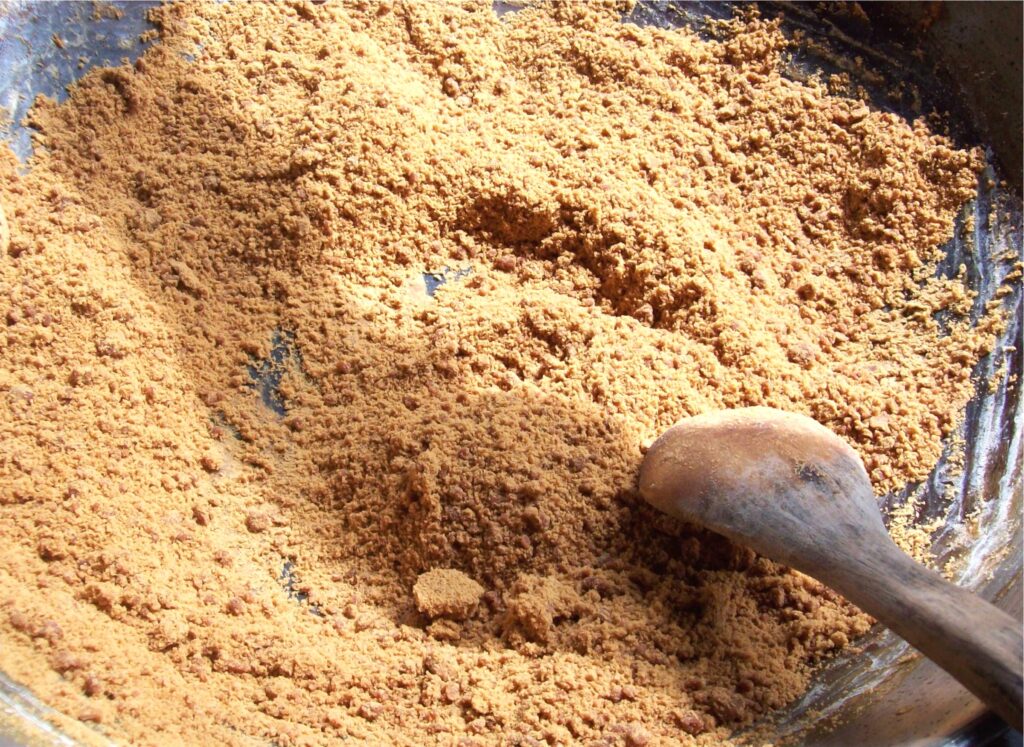Text and Photo by Henrylito D. Tacio
Additional photo: Wikipedia
The approval of the board of the Sugar Regulatory Administration (SRA) to import 300,000 metric tons of sugar a few months ago created quite a stir. The reason: it was reportedly “illegal” – although it was signed for the president by an official of the Department of Agriculture.
The controversy led to the resignation of all except one who signed the resolution.
What followed was the prices of those food commodities which use sugar as sweeteners or part of the ingredient increased. Some companies even stopped producing as there was no sugar they could use.
Coke became a trending topic on the social media as people could no longer buy soft drinks in their favorite sari-sari stores or even in malls.
“What would happen to me if I could not drink my favorite soft drink?” my brother-in-law told me. “I may die,” he added jokingly.
Last August, Malacanañg finally permitted the importation of sugar up to 150,000 metric tons to address the shortage in local supply. The approved volume was the proposed quantity which the manufacturers needed.
A party is not a party without soft drinks, right? Imagine yourself consuming 16 sugar cubes at one sitting. If you think that’s not possible, you’re wrong. You may have been doing it without you knowing it. That 16 sugar cubes are a little less than what is contained in a 20-ounce bottle of a famous soft drink.
We love to eat foods that are too sweet. This is the reason why most of our dishes are heaped or covered with sugar – from biko to bukayo, from leche flan to halo-halo. A gathering is not complete without sweet pasta and sliced hotdogs; we’re referring to Filipino-style spaghetti.
Perhaps you may be wondering how many grams of sugar are there in those Filipino delicacies. A serving of three banana cues in one stick can contain as much as six grams or a teaspoon and a half of sugar, according to the website of FWD Life Insurance Public Company Limited.
That’s only for a starter. Two-medium sized puto may contain five grams or almost one and a half teaspoons of sugar. Two tablespoons of banana ketchup may contain up to three grams of sugar. A bowl of this famous Filipino “innovation” from a fastfood chain contains 19 grams – or almost five teaspoons of sugar.

Our country consumes around 2.5 million metric tons of sugar annually, thus making us one of the largest consumers in Asia, along with India, China, Indonesia, and Thailand. “(The sugar consumption) equates to 23.5 kilograms on a per capita basis, near its historic high,” said Chini-Mandi, India’s largest news and information portal for the sugar and allied industry.
How much sugar should we consume? The healthy level of sugar consumption per day, as recommended by the Geneva-based World Health Organization (WHO), is nine teaspoons for men and six teaspoons for women.
Perhaps not too many know that sugar used to be called “white gold.”
“Sugar was once a luxury ingredient reserved for special occasions,” wrote Tiffany O’Callaghan, an editor in the Opinion section at New Scientist. “But in recent years, it has become a large and growing part of our diets.
“If you eat processed food of any kind, it probably contains added sugar,” she continued. “You can find it in sliced bread, breakfast cereals, salad dressings, soups, cooking sauces and many other staples. Low-fat products often contain a lot of added sugar.”
Just like salt, eating too much sugar is doing us no good. In fact, sugar is now touted as public health enemy number one: as bad if not worse than fat and the major driving force behind obesity, heart disease, and type II diabetes.
Some researchers even contend that sugar is toxic or addictive.
It’s no wonder why health bodies around the globe are waging “a war on sugar.” The Geneva-based World Health Organization (WHO) wants people to cut sugar consumption radically. In the United States, doctors and scientists are pressing food companies to reduce sugar and be more open about how much they add.
In Asia, the Philippines is the first country to introduce a landmark tax measure which imposes a tax on all sweetened beverages, depending on the type of sweetener used.
“Sugar is sugar, so it’s best used in moderation no matter what form it takes,” pointed out American dietitian Andrea D’Ambrosio.
To consume or not to consume, that is the dilemma for some people. “If God hadn’t meant for us to eat sugar, he wouldn’t have invented dentists,” said Ralph Nader, an American activist, and author.
But Luc Tappy, a physiologist at the University of Lausanne in Switzerland, disagrees: “You cannot live without essential fats. You cannot live without protein. It’s going to be difficult to have enough energy if you don’t have some carbohydrate. But without sugar, there is no problem. It’s an entirely dispensable food.”

